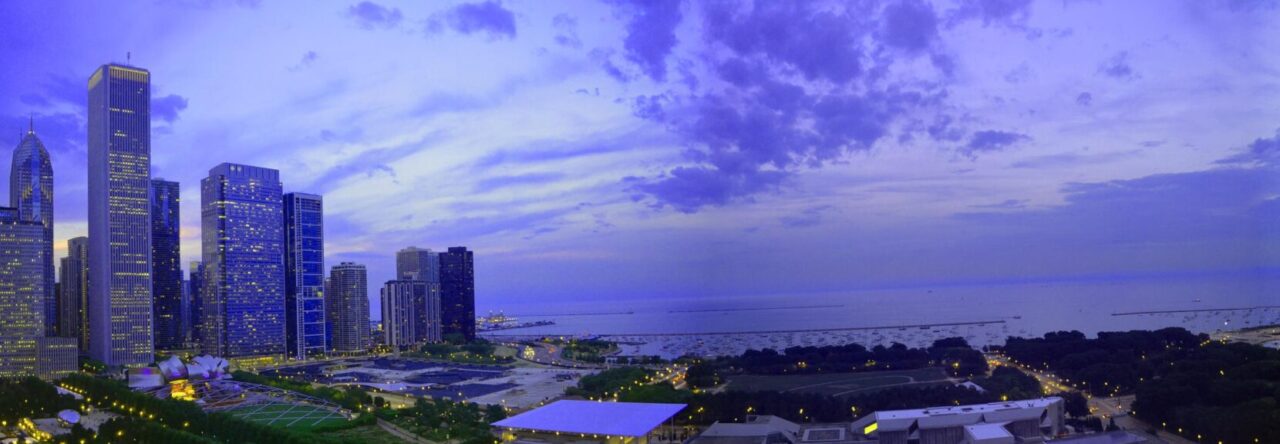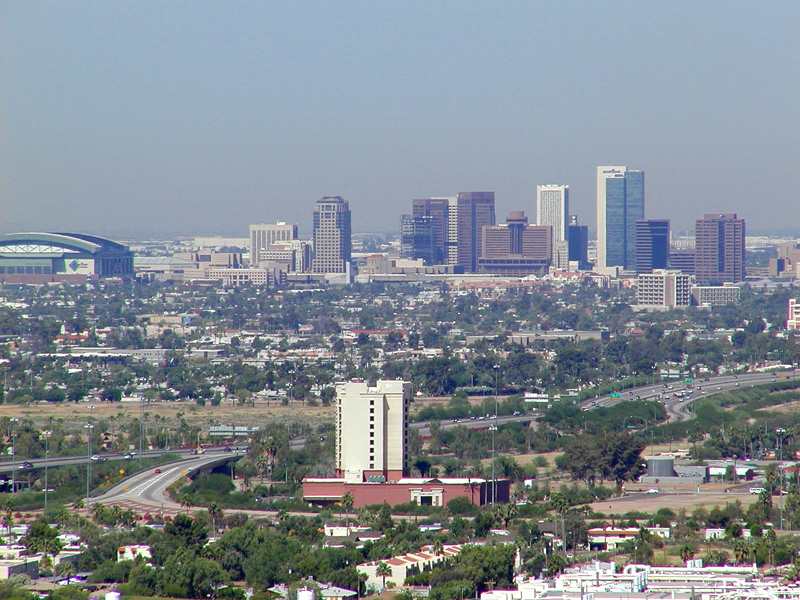
How does this station work? Is there signal priority for the streetcar? How does existing CTA bus service interact? All transit questions unanswered by this concept.
There is a right way and a wrong way of talking about transit. Specifically, when you propose an idea for transit service without mentioning the details. As a transit planner, I love details. Because transit costs money, and because it is seen by many as government largess, if you are going to responsibly discuss your transit ideas, the more fleshed out it is the more credibility you will have with both the public and the government agency that would likely run the system. The project in which I’m referring to is the Chicago Streetcar Renaissance proposal for streetcars along North Lake Shore Drive when that road is rebuilt. I attended a presentation [actual proposal here] by John Krause of Chicago Streetcar Renaissance at the Transport Chicago conference a last month where he laid out his vision for a streetcar (or LRT) running from downtown via Michigan Avenue north along Lake Shore Drive. The vision looks really nice. Many pictures of streetcars in European cities in urban areas at a smaller scale, and perhaps even more dense than the areas around North Lake Shore Drive. And while I was sucked into the grandeur of it, the transit planner in me awoke with these questions:
- What is the actual route (from end to end) of service? It’s great to see cross-sections of North Lake Shore Drive, and I’m aware that the streetcar is proposed to travel down North Michigan Avenue and Sheridan Road, but what are the limits? Are there branches of service, particularly at the ends of the route?
- Which current CTA bus routes, if any, will this new streetcar service replace?
- What is the frequency of service and hours of service? Since you propose to replace many of the buses along Lake Shore Drive with streetcar service, I am wondering if the service plan accounts for headways of 1-3 minutes in the peak period. If so, then…
- Where to do you plan for the vehicle and crew facility? Particularly since land is at a premium downtown and along the lakefront.
- Will the streetcars have traffic signal preemption?
- How do you anticipate at-grade street crossing effecting scheduling?
- Could bus rapid transit provide a similar level of service for less cost?
I am not saying this project is a bad idea, by any means and I am receptive to reducing North Lake Shore Drive from a limited access expressway to a boulevard of some type with transit running alongside (or in the middle). But when you propose a new mode of transit, one in which there is no legacy network to tie into, then these types of questions are appropriate. That said, I applaud the efforts Mr. Krause has made to thinking about North Lake Shore Drive differently, and putting his efforts into a concept to show an alternative way of thinking about this corridor. But the pictures are too pretty and now we need to get to the hard part. The system design and analysis.
So, as a transit planner what would I do?
I would flesh out my concepts a little better first, making sure the streetcar is feasible from a physical, operational and market standpoint. That is, addressing the questions above and developing a service plan to compare with existing CTA bus operations. Then I would really figure out a way to pay for it.
What would you do with North Lake Shore Drive?


